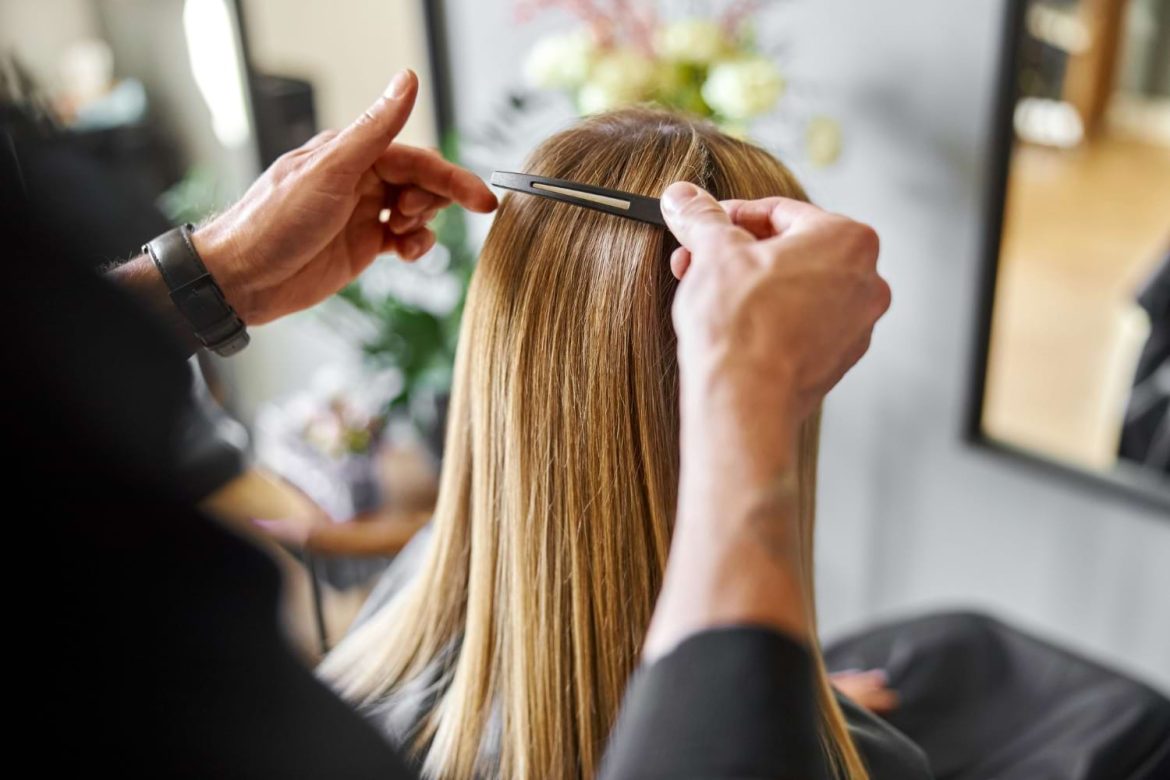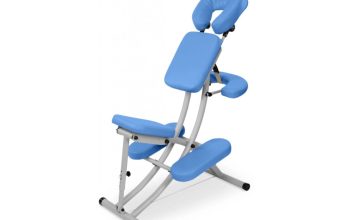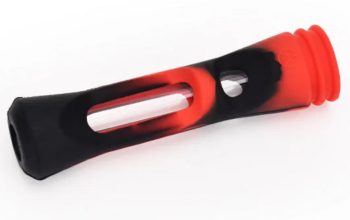Hair extensions have become a popular and transformative beauty solution for individuals seeking longer, fuller, or more voluminous hair. They provide a way to experiment with different styles, textures, and colors without making permanent changes.
Originally associated mainly with celebrities and high-end salons, hair extensions are now accessible to a broader audience thanks to advancements in application techniques, product variety, and cost options. Whether someone wants to add length, conceal a bad haircut, or simply enhance their appearance for a special event, hair extensions offer an effective and increasingly natural-looking solution.
Modern hair extensions are available in both synthetic and natural human hair options. The former is made from various types of plastic fibers designed to mimic real hair, while the latter offers the most authentic look and feel. Natural human hair extensions can be dyed, styled with heat tools, and treated much like one’s own hair. Depending on one’s budget, lifestyle, and aesthetic goals, there’s a method of hair extension application to suit virtually everyone.
Types and Application Methods of Hair Extensions
There are numerous types of hair extensions on the market, each with distinct application processes, durability, and maintenance requirements. The most common categories include clip-ins, tape-ins, sew-ins, fusion (bonded), and micro-link (loop) extensions.
Clip-in Hair Extensions:
These are the most user-friendly and least permanent option. As the name implies, clip-in extensions come in wefts that are attached using small pressure-sensitive clips. They can be applied at home within minutes and are ideal for temporary changes. Since they are not worn constantly, they require less upkeep and last longer than many semi-permanent options when cared for properly.
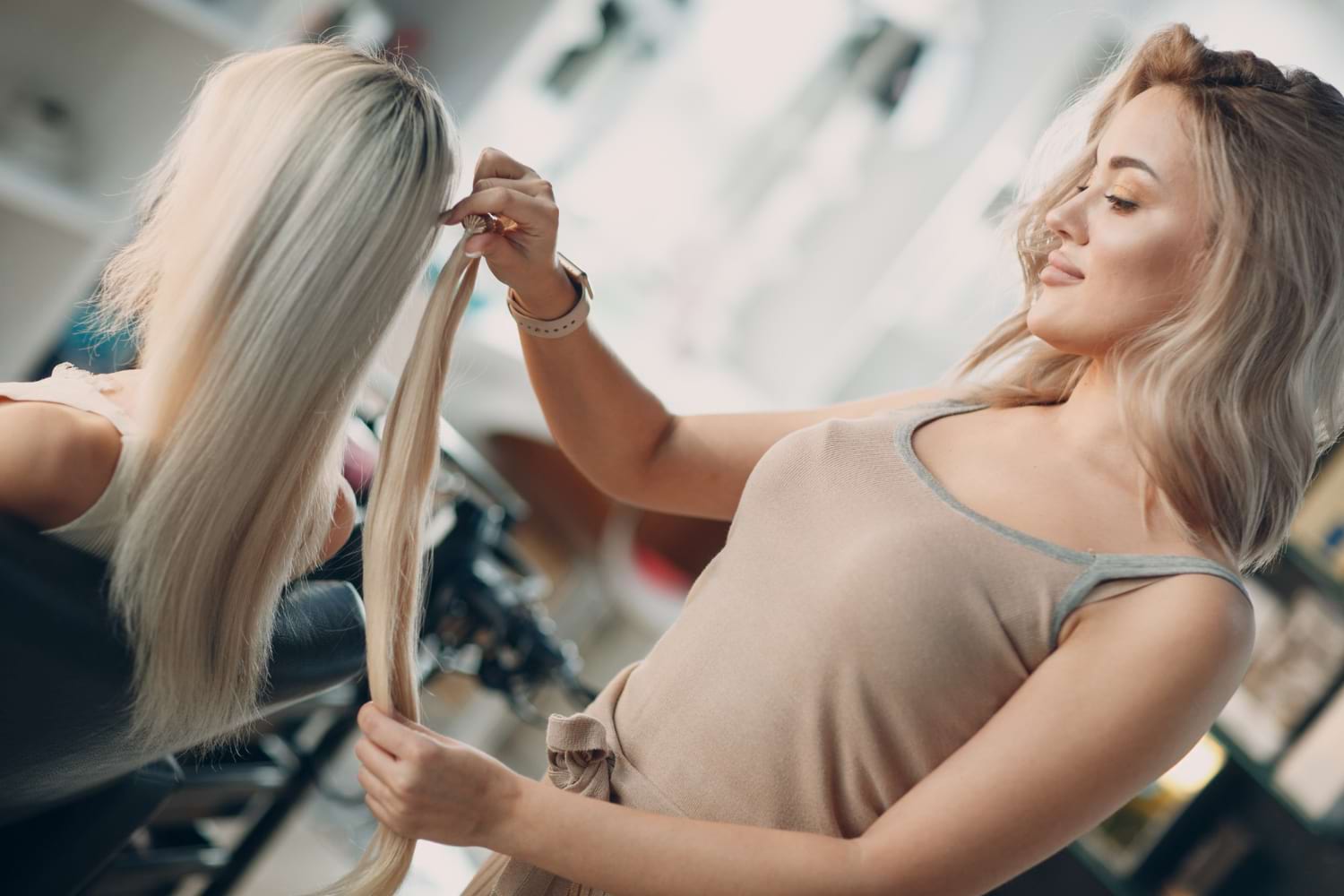
Tape-in Hair Extensions:
Tape-ins are semi-permanent and involve small wefts of hair that are pre-taped and then pressed onto sections of natural hair. The process takes around 60–90 minutes and should be done by a professional to ensure a seamless blend. These extensions typically last 6–8 weeks before requiring adjustment or replacement. They lie flat against the head, making them discreet and lightweight.
Sew-in (Weave) Hair Extensions:
Sew-in extensions are commonly used by people with thicker hair. The process begins with braiding the natural hair into cornrows, then sewing the wefts of hair onto these braids using a needle and thread. While this method is durable and can last up to 8 weeks, it can be uncomfortable if too much tension is applied during braiding and sewing. Proper scalp care is essential during wear to avoid irritation or damage.
Fusion or Bonded Hair Extensions:
Fusion extensions involve bonding individual strands of hair extensions to small sections of natural hair using a heat-activated adhesive. The application process can take several hours, but the results are incredibly natural and long-lasting—typically up to 3–4 months. However, the heat and glue can cause damage to the natural hair if not installed and removed professionally.
Micro-Link Hair Extensions:
Also known as micro-bead or loop extensions, this method involves attaching individual strands of extension hair using tiny beads that are clamped around the natural hair. There’s no glue or heat involved, and they can last several months with regular repositioning. However, they can be heavy and may pull on natural hair, leading to breakage if not cared for properly.
Benefits of Using Hair Extensions
The primary benefit of hair extensions is the immediate transformation they offer. Whether for cosmetic enhancement or confidence-boosting purposes, they serve a wide range of personal and aesthetic goals.
Instant Length and Volume:
One of the most obvious advantages is the ability to achieve long, voluminous hair instantly. For individuals who have trouble growing their hair past a certain length or who have thinning hair, extensions provide a fast and effective remedy.
Styling Versatility:
Hair extensions allow users to experiment with different hairstyles that would be impossible or difficult to achieve with their natural hair. From long braids and elaborate updos to voluminous curls and beachy waves, extensions expand styling possibilities significantly.
Color Without Commitment:
People often use hair extensions to try out new colors without the damage or permanence of dyeing their own hair. Highlights, ombre, and even vivid fantasy colors can be incorporated through extensions without a single drop of chemical colorant touching the scalp.
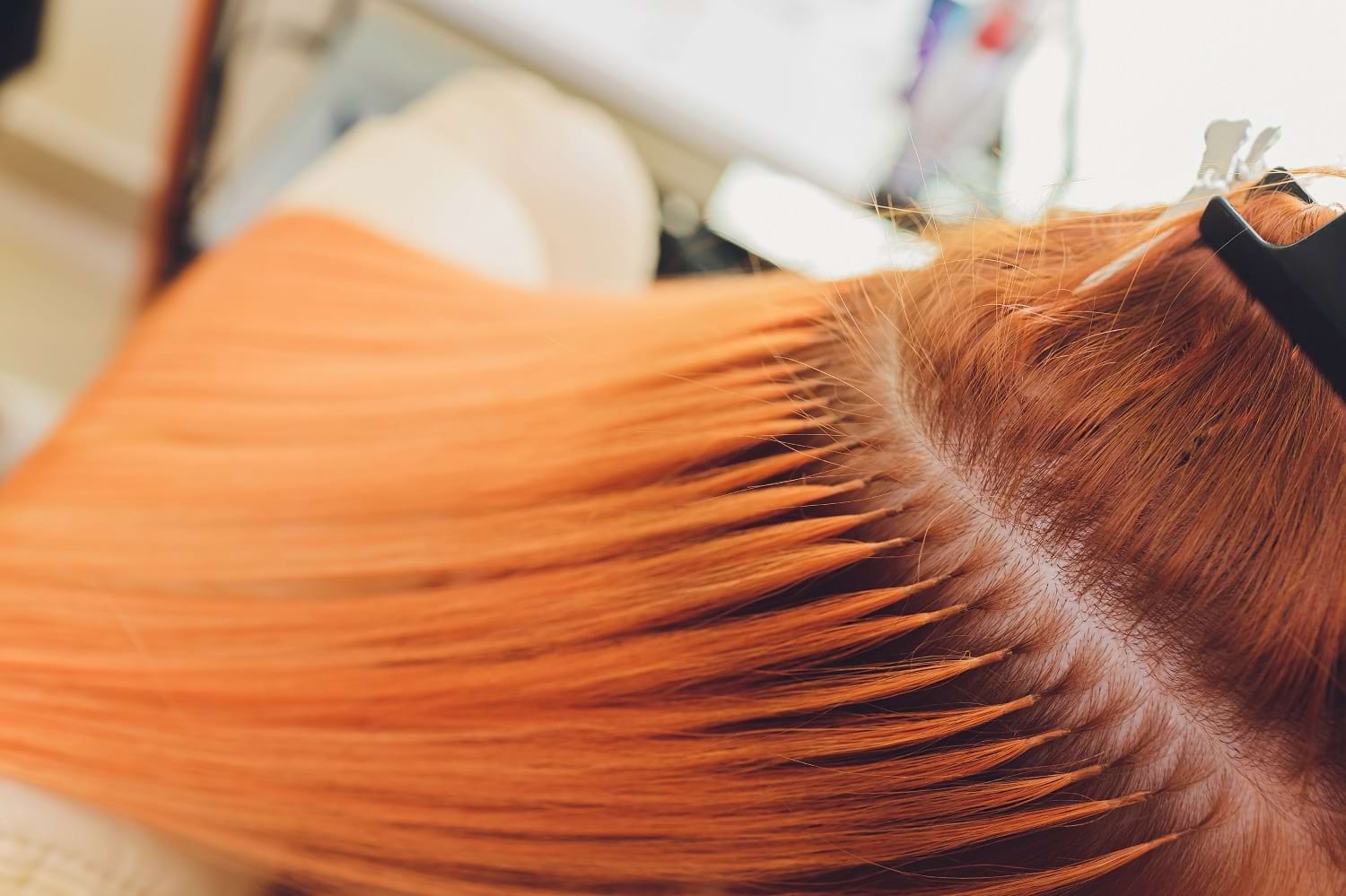
Solution for Hair Damage or Hair Loss:
Hair extensions can be a valuable confidence-booster for people experiencing hair loss due to medical treatments or conditions. When professionally applied, extensions can conceal thinning areas and create the illusion of full, healthy hair.
Hair extensions have evolved into a versatile and widely accepted beauty accessory that empowers individuals to transform their appearance effortlessly. From adding length and volume to experimenting with styles and colors, they cater to both fashion trends and personal preferences. While the process of choosing and maintaining extensions requires some care and investment, the rewards—boosted confidence, aesthetic flexibility, and creative expression—are well worth the effort. With proper selection and attention, hair extensions can seamlessly integrate into anyone’s daily beauty routine.

